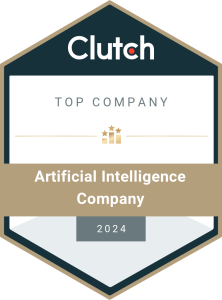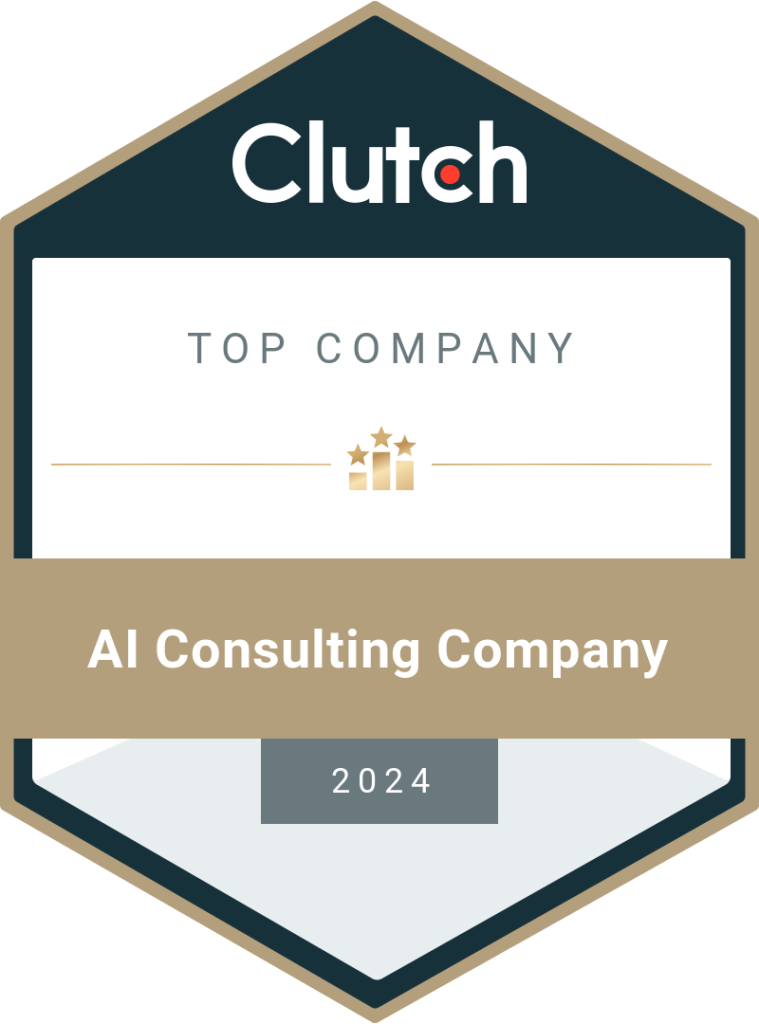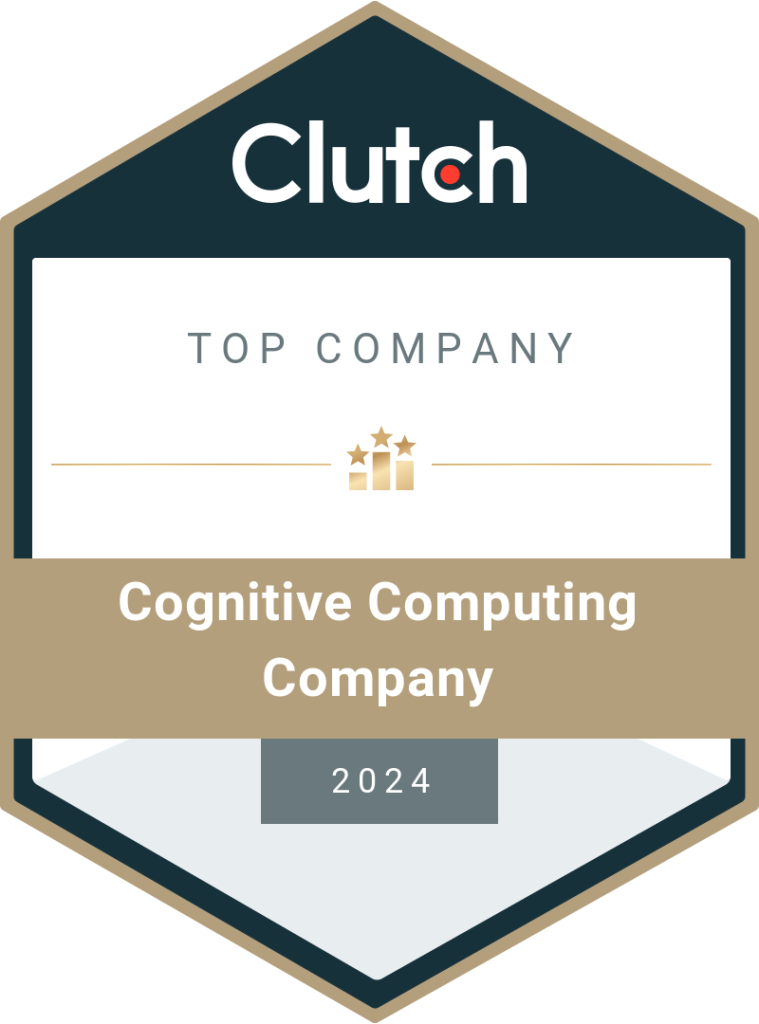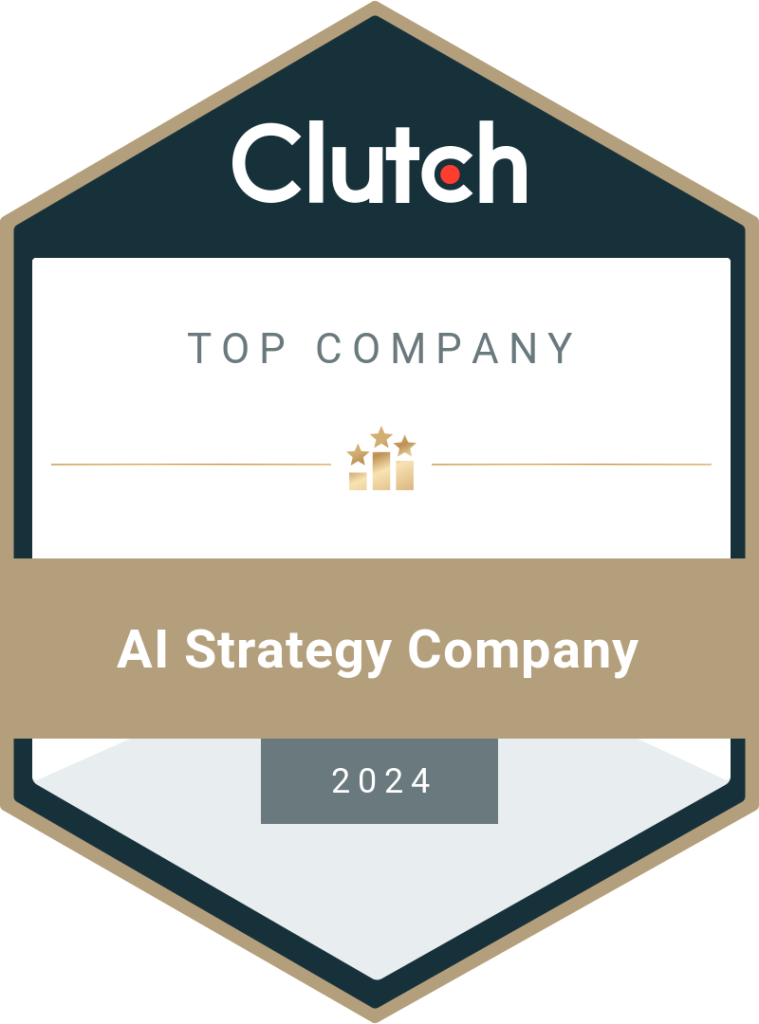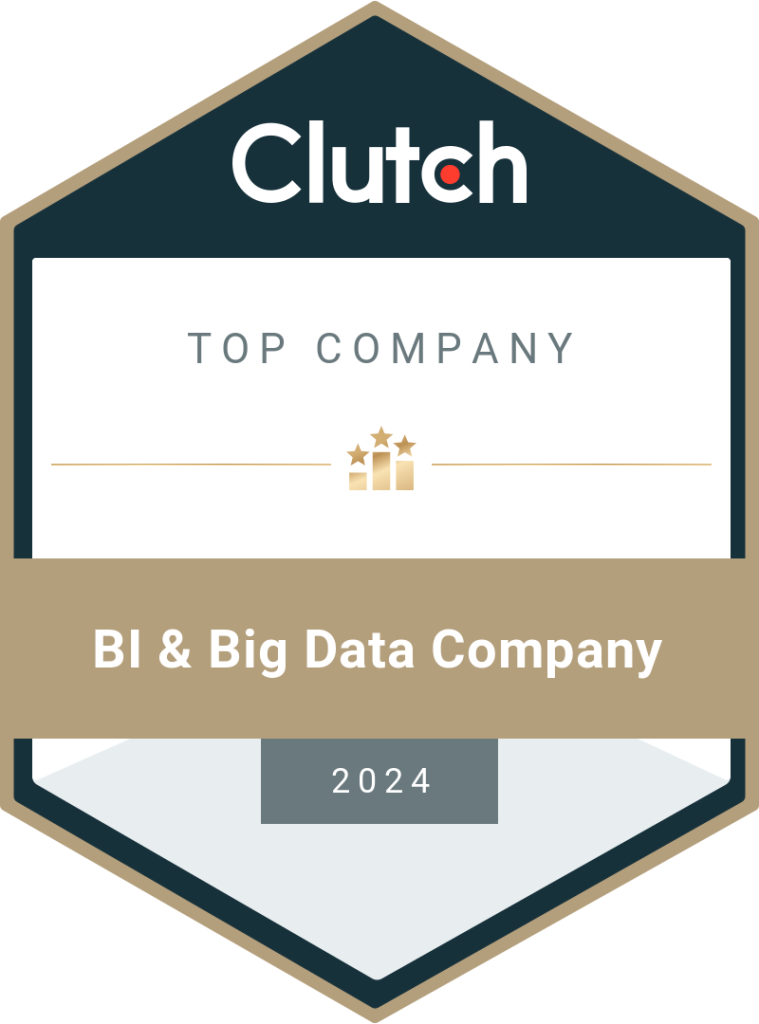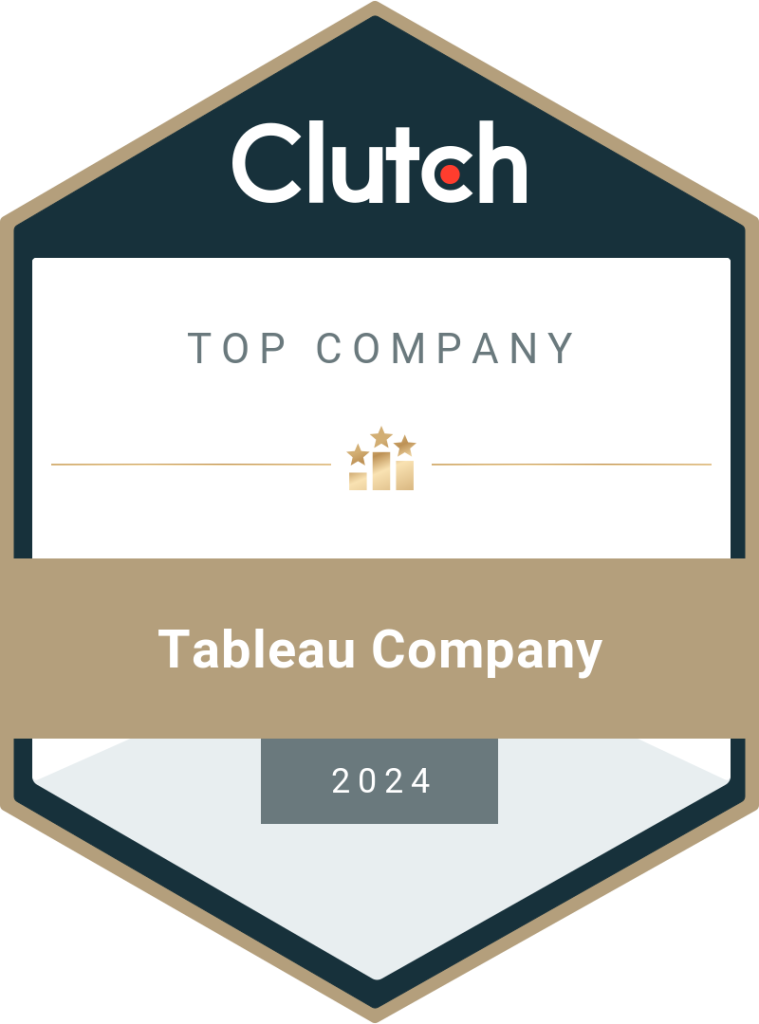Predictive AI vs. Generative AI? 7 Key Questions for Strategic AI Adoption
Choosing between predictive AI vs generative AI can be difficult for organizations. This blog highlights 7 questions every business should ask before investing in AI, including use cases, integration, and business impact. The global AI market is valued at $391 billion. About 83% of companies claim that AI is an important part of their business plans. With so much happening in both predictive and generative AI, how do you decide which technology best fits your business needs? Whether you’re building internal tools or hiring the best AI development services, understanding these models is critical to long-term success. As Ajay Agrawal, author of Prediction Machines, says, “The new wave of artificial intelligence does not actually bring us intelligence but instead a critical component of intelligence prediction.” The difference between the two is very important. They sound equally powerful, but they solve very different problems. Predictive AI enables businesses to forecast trends, optimize operations, and make informed, data-driven decisions. In contrast, generative AI helps in the creation of new content, designs, and code. If you pick the wrong tool for your stage, you may end up wasting budgets, delaying outcomes, and facing scalability issues. In this guide, we break it down into 7 questions to help you pick the right AI path. 7 Questions to Help You Choose the Right AI What Business Problem Are You Solving? Always start by identifying the business problems you want to solve. Predictive AI is about forecasting what might happen. It helps you look ahead and make smarter decisions based on past data. Generative AI is about creating content, synthetic data, code, and design drafts. Here are some generative AI vs. Predictive AI examples: Generative AI: Predictive AI: In a nutshell, if you want to predict what might happen next, consider using predictive AI. If you want to make something new automatically, choose Generative AI. What Kind of Data Do You Have? The type, quality, and structure of your data directly impact whether predictive AI or generative AI will be the better fit for your organization. Predictive AI: Predictive AI works on structured, historical, and labeled data. It uses past patterns to predict future outcomes. The more labeled and relevant data you have, the higher be accuracy. If your data isn’t neat and labeled, you need to invest time in data preprocessing before getting started. Generative AI: Generative AI needs unstructured and diverse data. It uses this data to create new, original content. For example, using image datasets to design product mockups or deepfakes. What Are Your Resource Constraints? When deciding between predictive AI vs. generative AI, you need to consider your current infrastructure and budget. Predictive AI: Traditional models such as logistic regression, decision trees, or random forests can be trained on relatively small, structured datasets and don’t require specialized hardware. Even ensemble methods are often manageable with a standard computing setup. This makes predictive AI accessible for startups or teams with limited resources. Generative AI: Models such as transformers and diffusion models require massive datasets, high-performance GPUs, and significant memory and storage to train. Using pre-trained models for fine-tuning needs specialized cloud infrastructure, adding to cost, complexity, and scaling challenges. How Important are Explainability and Interpretability? Predictive AI is more explainable, especially when you use machine learning models like decision trees or linear regression. You can trace back predictions to specific features or data points, which are important for regulated industries such as finance and healthcare. You can trace outcomes back to specific variables or input features, enabling stakeholders to understand why a decision was made. On the other hand, generative AI is typically less explainable. The process by which it generates content is a black box, making it harder to pinpoint how it arrived at a particular result. This lack of explainability makes it less ideal for use cases where justification and accountability are of paramount importance. That’s where generative AI consulting services and LLM consulting services come in. These services help businesses implement frameworks for responsible AI use and choose the right models. How Serious Are You About Compliance & Regulation? Predictive AI solutions are typically more mature in terms of validation frameworks and model governance. They operate within more defined parameters, making them easier to audit, regulate, and explain to both internal stakeholders and regulatory bodies. On the other hand, in industries where regulatory compliance, data privacy, and auditability are critical, you must use AI responsibly and ethically. While generative AI has immense potential, it comes with certain risks. These include: These limitations pose challenges in environments that demand strict validation, traceability, and adherence to compliance frameworks such as HIPAA and GDPR. According to the AI regulation proposed by the European Union, organizations that violate compliance requirements may be subject to penalties reaching up to 7% of their total global annual revenue. Verdict: For regulated data, legal accountability, or high-risk decisions, use predictive AI. Generative AI for strict governance, human-in-the-loop controls, and clear usage boundaries in place. If your business deals with regulated data, legal accountability, or mission-critical decisions, predictive AI is a safe and more controllable option. You can still use generative AI in such contexts, but with strict governance frameworks, human oversight, and defined boundaries. What is the Nature of Your Industry or Use Case? Predictive AI: It is best suited for industries and applications that depend on forecasting, risk assessment, and data-driven decision-making. Some common use cases include fraud detection, demand forecasting, and predictive maintenance. Examples include: These sectors depend on past patterns and statistical accuracy to make decisions. Generative AI: It is best suited for design, ideation, or content production. Examples include: These industries use AI to create, simulate, or augment, thereby speeding up workflows and enhancing creativity. Do You Need to Combine Both Approaches? In some scenarios, integrating both predictive AI and generative AI is beneficial. This hybrid approach is becoming more common in mature, data-driven organizations that want both insights and actions. AI consultants build workflows that integrate both technologies, ensuring the right models
Read More
